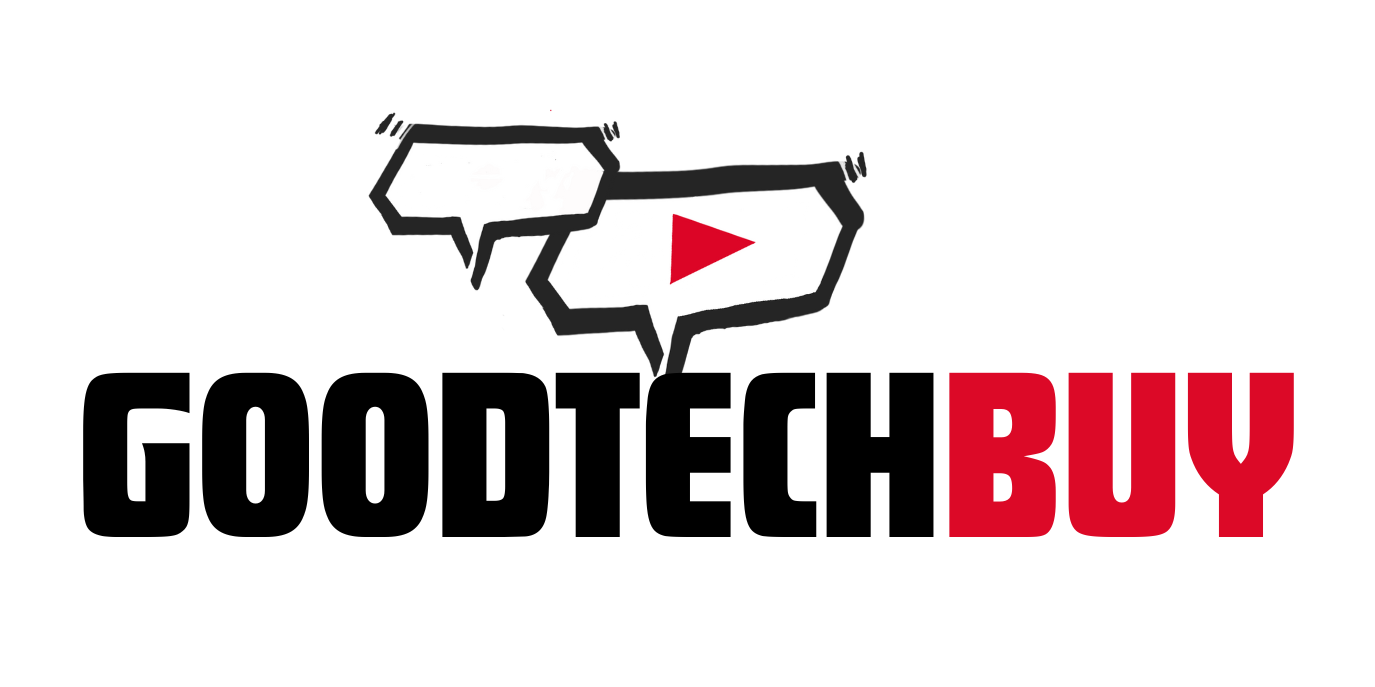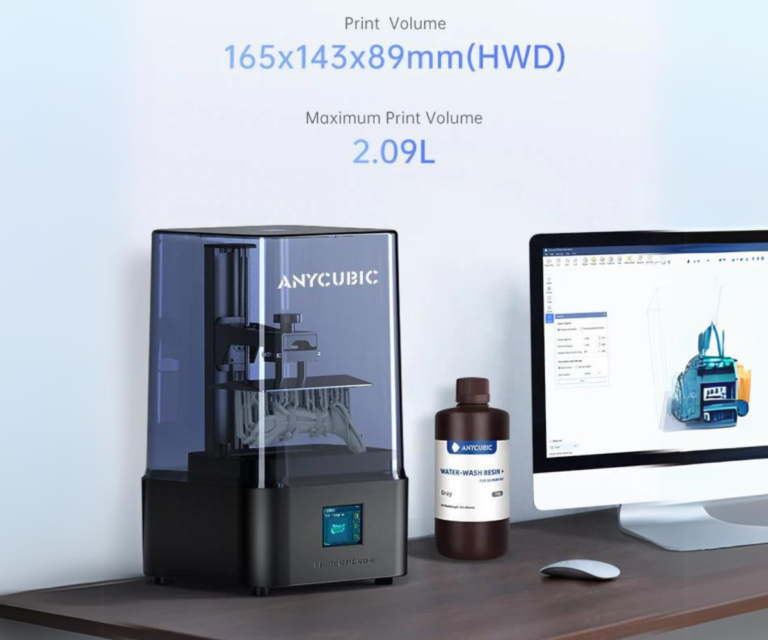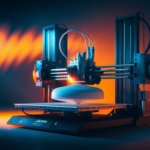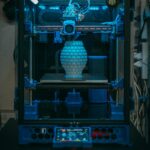Introduction to 3D Printing for Small Business
3D printing has rapidly evolved, offering innovative possibilities for small business owners and side hustlers. Essentially, 3D printing enables the creation of three-dimensional objects from digital models through additive manufacturing, where materials are deposited layer by layer. This technology has democratized production, making it accessible to a broader audience.
Several types of 3D printers are available, each suited for specific applications. Fused Deposition Modeling (FDM) printers are commonly used by beginners and small businesses due to their affordability and ease of use. These printers work with thermoplastic filaments, making them ideal for creating prototypes and functional parts. Stereolithography (SLA) printers, on the other hand, utilize liquid resin and ultraviolet light to create high-resolution prints, which are perfect for detailed models and intricate designs. Selective Laser Sintering (SLS) printers use powdered materials and a laser to fuse each layer, often chosen for industrial applications and complex geometries.
Setting up a home-based 3D printing business requires a few essential tools and considerations. Firstly, procuring the right 3D printer based on your business needs is crucial. FDM printers are a popular choice due to their cost-efficiency, while SLA and SLS printers might be preferred for more specialized tasks. Additionally, ensuring an adequate workspace that accommodates the size and operational requirements of the printer is essential. Investment in quality filaments or resins, as well as post-processing tools, will also enhance the final product.
Financial planning plays a significant role in the initial setup. Budgeting for the printer, materials, and any necessary software or training ensures a smooth start. Beyond the technical setup, understanding the business potential of 3D printing is pivotal. Opportunities abound in custom product manufacturing, rapid prototyping, and on-demand production. Niche markets, such as customized jewelry, bespoke home décor items, and tailored medical devices, present profitable avenues for aspiring entrepreneurs.
In summary, grasping the basics of 3D printing and recognizing its business potential can pave the way for successful small business ventures and side hustles. Equipped with the right knowledge and resources, embracing 3D printing technology can transform creative ideas into real-world products and lucrative opportunities.
Creating and Selling 3D Printed Designs: Practical Tips and Strategies
Embarking on a journey to create and sell 3D printed designs starts with choosing the right design software. Beginners often gravitate towards user-friendly options like Tinkercad, which offers a simple interface suitable for basic projects. For more advanced users, Fusion 360 provides a comprehensive toolset ideal for producing detailed and intricate designs, while Blender stands out with its robust mesh-based modeling capabilities for artistic and complex creations.
The creation process begins with understanding the target market and identifying demand trends. This knowledge guides the design phase, ensuring that the products created are both functional and appealing. Iterative design is crucial; creating prototypes and rigorously testing them will help refine the final product, ensuring it meets both aesthetic and functional standards. High-quality designs are pivotal in distinguishing offerings in a competitive market.
Once the designs are market-ready, setting up an online store becomes the next critical step. Platforms like Etsy and Amazon provide accessible entry points, with built-in customer bases and support systems. Additionally, creating a dedicated e-commerce website offers greater control over branding and customer engagement. It’s important to employ effective Search Engine Optimization (SEO) techniques to ensure that your products rank high in search results, driving organic traffic to your store.
Marketing strategies play a massive role in a successful 3D printing business. Leveraging social media platforms like Instagram, Facebook, and Pinterest can enhance visibility, allowing for direct interaction with potential customers. Sharing behind-the-scenes content, tutorials, and customer stories fosters community engagement, which can result in a loyal customer base. Additionally, participating in relevant forums and online communities like Reddit or specialized 3D printing groups can further enhance brand visibility and drive traffic to your store.
Integrating these practical tips and strategies can significantly streamline the process of creating and selling 3D printed designs. By focusing on quality design, effective marketing, and strategic platform selection, aspiring entrepreneurs can transform their 3D printing skills into a profitable side hustle.








